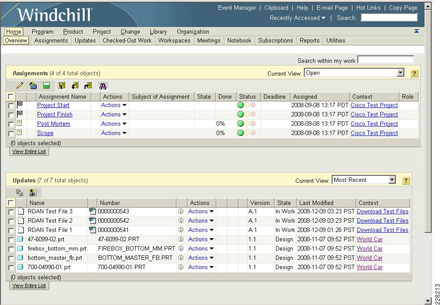 When it comes to starting a PLM implementation in your organisation, should you be looking to start by organising your data? Or do you need to begin your implementation by integrating your processes with PLM. Today, we’re going to look at the arguments for both sides. Just to be clear, what we are discussing is where should you focus start when it comes to PLM. Should it be data or process? This is not about whether you already have your data and processes under control.
When it comes to starting a PLM implementation in your organisation, should you be looking to start by organising your data? Or do you need to begin your implementation by integrating your processes with PLM. Today, we’re going to look at the arguments for both sides. Just to be clear, what we are discussing is where should you focus start when it comes to PLM. Should it be data or process? This is not about whether you already have your data and processes under control.
Starting PLM implementations with data?
To begin, let’s look at the arguments for starting with data. When we talk about data with regards to PLM, there are a lot of different levels to consider. The first level is all about CAD, managing your 3D models and the associated documentation. Then, even within engineering functions, you can expand beyond this initial level of data. You can start to get into documentation, such as specifications. But, you can expand beyond that, to include data used within the whole organisation, like service documentation, manufacturing documentation and procurement.
The argument for starting with data is that having your data under control is the best starting point for your PLM implementation because, if you enable your processes, and these are enabled from data that isn’t under control, then there is a chance you’ll be making decisions based on the wrong data. By getting you data under control first, you can then move onto processes.
Beginning PLM implementations with process?
In many ways, process also consists of many layers. You can look at some relatively simple processes that happen within a design team, things like revisioning processes and release to manufacturing. These are finite, but important processes. But, as PLM has expanded to cover a range of different processes beyond engineering. This includes things like APQP, design for compliance. There is a wide range of processes that you can include from across the range of product development, which will offer you a lot of value.
There are certainly different levels of data, like CAD files, documentation etc. that need to be revision controlled and managed and centralised so people can get to them easily. But, when you go beyond this first level of data, you want to start to enable processes. You want to do something that you want to accomplish a task with. Then, you need to figure out who is going to do what and what stages need to be complete for this to happen. By this argument, you need to know your process first, so that you know what data you require further along the chain. If you don’t understand the process, there is no way of understanding what data you need in the first place.
What do you think the first stages of a PLM implementation should be? Do people need to get their data fully under control, have it centrally accessible before then looking at your processes? Or, should you enable your processes, and establish your business initiatives first?
Want to find out about the next steps to take when implementing PLM? Download our whitepaper 10 Steps to Selecting PLM
